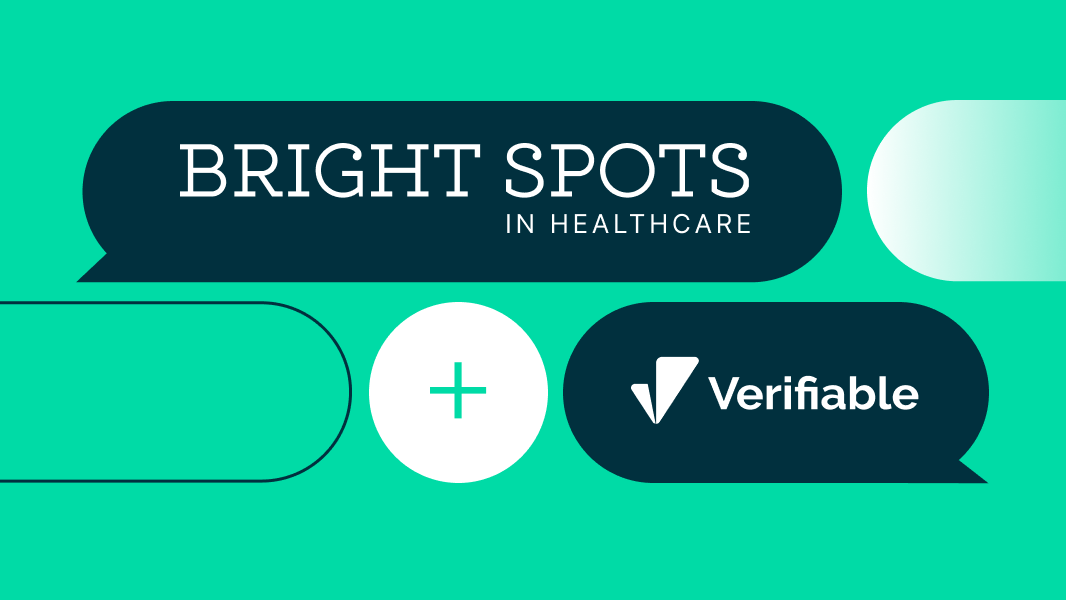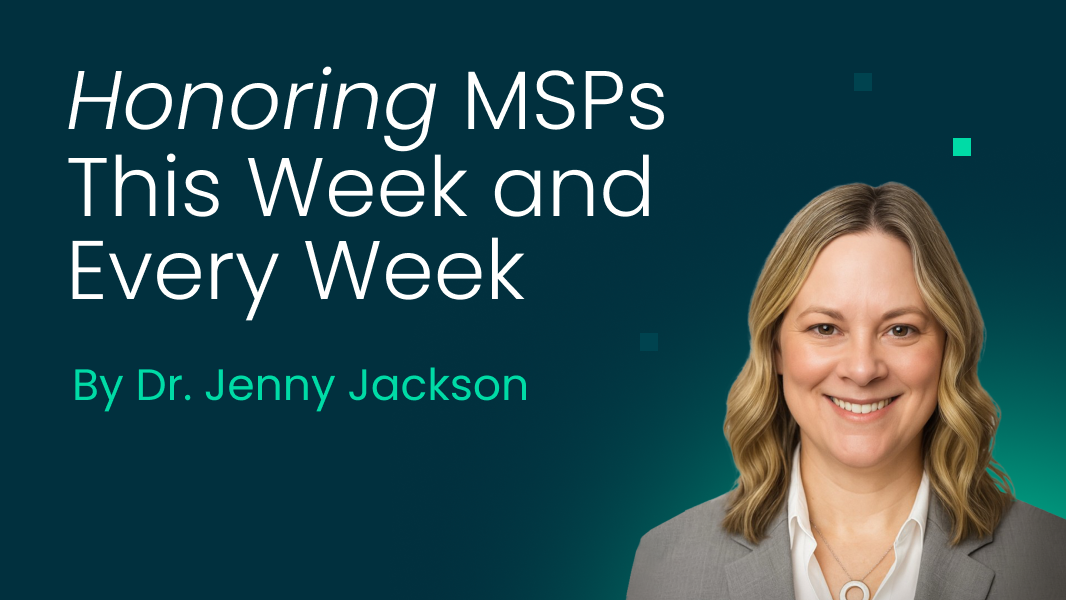Every year, industry peers gather at AHIP’s flagship event to connect with the people, ideas, and solutions that will guide healthcare for years to come.
Across the three full days at the conference, we attended a diverse number of sessions—from infrastructure that supports innovation, to laser focusing on AI use cases, to standardizing provider data for greater accuracy and reduced burden.
Read on as we recap our top takeaways for health plans from a strategic technology investment perspective.
Top 3 Healthcare Innovation Take-Aways
1. Build Modular Infrastructure for Scalability and Efficiency
Healthcare’s chief information officers feel the pressure to maintain their bottom line and drive efficiencies by building infrastructure that supports innovation. However, health plans often operate on legacy technology, which can be challenging to replace or upgrade.
There is a concerted focus on transforming legacy infrastructure by creating gateway layers and modularity. This allows for scalable flexibility with vendors that sit atop core infrastructure and can be easily replaced as organizational needs evolve. As internal business partners request new solutions, CIOs look to short-term wins and proven ROI to vet investments and minimize duplicative technologies.
Striking a balance between short-term wins and long-term investments is a must. Partnering with vendors can quickly address operational needs, but foundational infrastructure must be rebuilt for a fully optimized and adaptable future.
2. Laser Focus on Specific AI Use Cases and Adoption Practices
For healthcare AI leaders, it's not about taking healthcare to the moon with AI. They are laser-focused on use cases that address specific needs and want to build a secure framework around them. To do so, health plans look to bring large language models (LLMs) in-house to have greater control over data quality, interoperability, and security.
Effective AI implementation requires collaboration with regulators and academic institutions, while proactively managing change internally to encourage adoption. By working closely with regulators and academic institutions, health plans manage legal and ethical standards and keep pace with technological advancements through experimentation.
As organizations introduce AI, effective change management is essential for successful adoption. Creating learning opportunities and building hands-on experience helps employees understand how AI tools can improve their roles and job satisfaction. Emphasizing that AI augments human capabilities—while avoiding the fear of jobs being replaced.
Testing and evaluating AI solutions internally before wide-scale implementation is a good approach to change management. Beginning small with narrow use cases before broader applications maximizes long-term results, allows for iteration and configurations, and sets the stage for greater benefits.
3. Standardize Provider Rosters for Data Accuracy and Less Burden
Provider data remains a critical challenge in the healthcare industry. Data inaccuracies create significant obstacles for member access and are an administrative burden. Rosters are often the Achilles heel, underscoring the urgent need for industry-wide health plan data standardization.
While health plans are great at measuring the accuracy of provider-submitted information, there are serious discrepancies and data reliability issues when members contact provider offices. Data also becomes more nuanced as the industry sees increased consolidation of hospital systems and are further removed from how providers are practicing.
There’s a responsibility on health plans to standardize provider data practices that emphasize the importance of ingesting high-quality data from the beginning. This will improve provider data quality and reduce costly error corrections later. By prioritizing accurate, standardized data, health plans can improve member experiences and mitigate compliance risks.
What’s Next?
As healthcare leaders look to drive efficiency and layer in cost savings, implementing technology solutions that support short-term and long-term wins is key.
Verifiable is on an integration-first mission to help our partners secure value from day one. As a piece of the network optimization puzzle, we offer powerful credentialing and monitoring solutions that sit atop our partner’s current infrastructure. Verifiable easily connects network data, technology systems, and cross-departmental teams to build ROI business cases with quick wins and long-term impact.
With Verifiable, our partners gain access to a team of credentialing and compliance experts with over 60+ years of combined experience. Learn how Verifiable integrates with Salesforce to unlock provider and facility data, and optimize credentialing and network monitoring efforts.

.svg)




